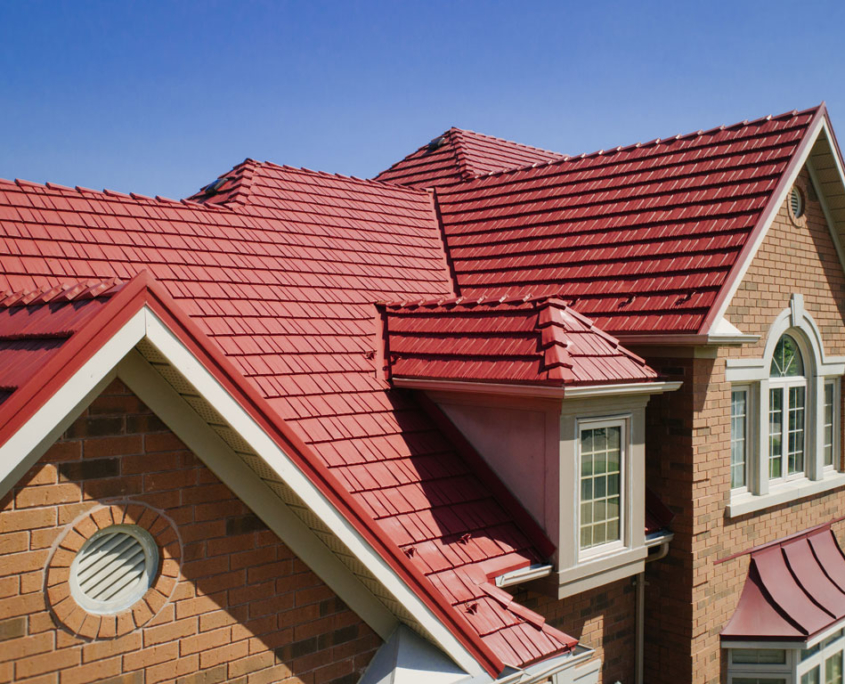Roofing is a critical element of architecture for several necessary causes:
Protection from the Elements: One of the primary capabilities of a roof is to offer shelter and safety from environmental components corresponding to rain, snow, wind, and excessive temperatures. It prevents water from getting into the constructing, which may cause structural damage, mildew development, and different issues.
Structural Integrity: Roofs play a crucial position in sustaining the structural integrity of a building. They distribute the burden of the roof and any loads (e.g., snow) evenly to the partitions and foundation. A well-designed and correctly constructed roof ensures the steadiness and security of the whole structure.
Aesthetics and Design: Roofs are a visual and outstanding a part of a building's exterior. Architects use roof design to enhance the general aesthetics of a construction. The shape, materials, and elegance of the roof can contribute to the architectural character and enchantment of a constructing.
Environmental Considerations: Sustainable architecture places an emphasis on power efficiency and environmental responsibility. Roofing supplies and design can influence a building's energy performance. For instance, cool roofs can mirror extra sunlight and take in much less heat, decreasing cooling costs and concrete warmth island effects.
Natural Lighting and Ventilation: Roof design can incorporate options like skylights, dormers, and roof vents to offer pure lighting and ventilation within a building. This can enhance indoor consolation and cut back the necessity for synthetic lighting and mechanical air flow.

Historical and Cultural Significance: In some architectural styles, such as Gothic or Victorian, the roof can be a key element that displays the historic and cultural context of a constructing. https://roofrestorationcampbelltown.com.au/aluminium-roofing/">Click for source and shapes can inform a narrative concerning the period by which a construction was constructed.
Space Utilization: Roof design can create additional usable space within a building, such as attic rooms, rooftop gardens, or outside dwelling areas. Architects often contemplate the method to maximize space and performance when designing roofs.
Energy Efficiency: Energy-efficient roofing materials and design can contribute to a building's general power performance. Proper insulation and ventilation may help regulate indoor temperatures and reduce heating and cooling costs.
Safety and Fire Resistance: Roofing materials are chosen with safety in mind. Some materials, like fire-resistant roofing, can help prevent the unfold of fires in a constructing, offering useful time for occupants to evacuate.
In abstract, roofing is a fundamental facet of architecture that combines useful and aesthetic concerns. It not solely protects the interior of a constructing from the elements but also contributes to the overall design, sustainability, and security of a structure. Architects rigorously contemplate roofing materials, shapes, and options to attain their design objectives while ensuring the consolation and well-being of building occupants..
